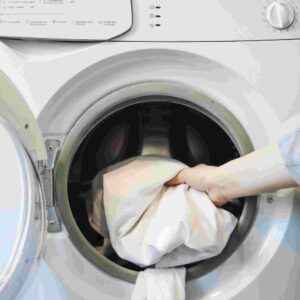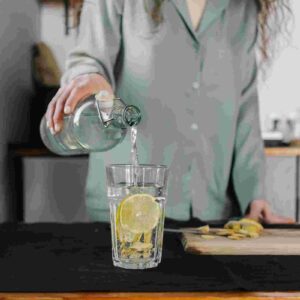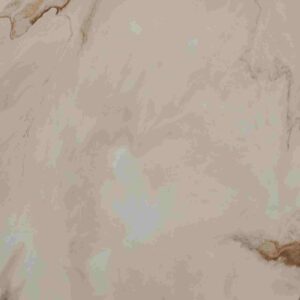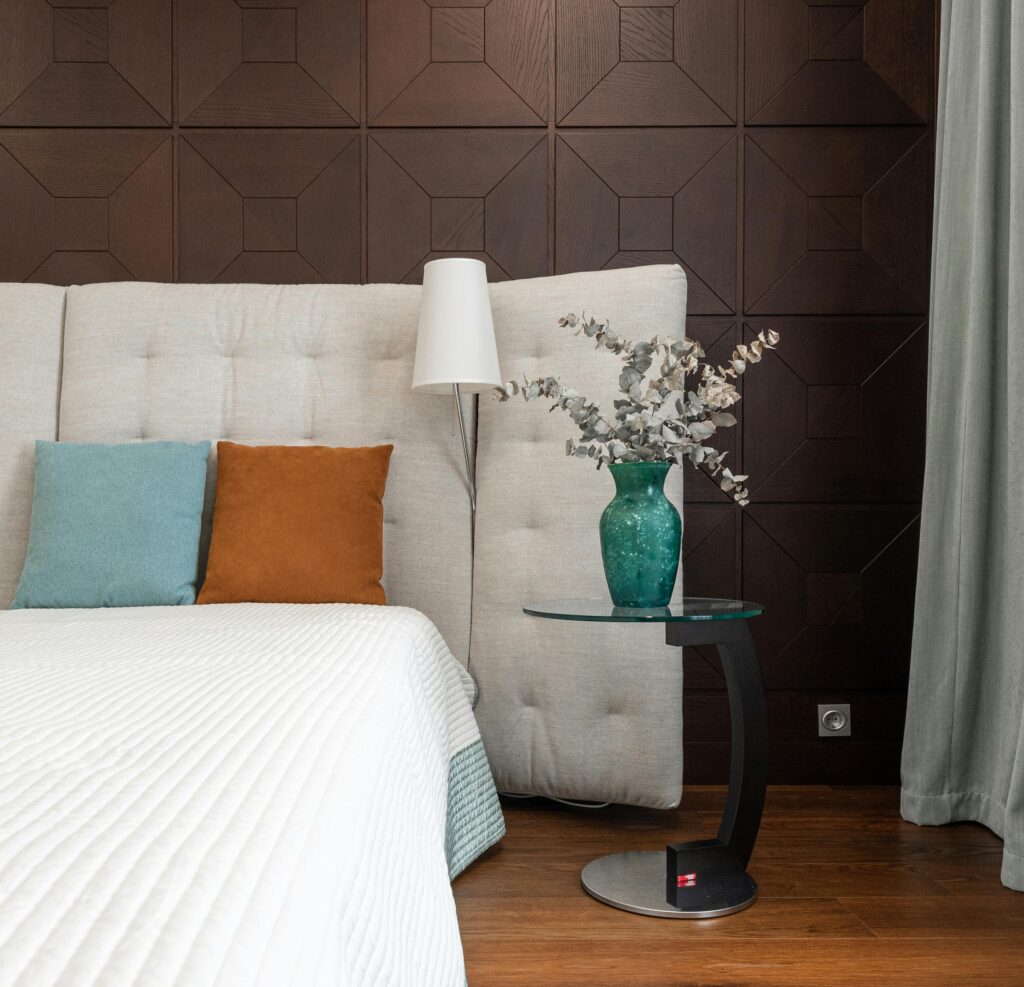
The day I discovered my pillowcases were deceiving me is one I’ll never forget.
I was changing my linens on a lazy Sunday morning, something I claim to do more frequently than I actually do. I froze as I removed my pillowcase. The once-bright, white fabric now gave the appearance of having been dipped in weak tea. In the middle, where my face had been sleeping every night, there was a patchy, uneven yellow smear.
Half-thinking I was having hallucinations, I held it up to the light.
“What the devil?” Turning it inside out as though the stain may be on the opposite side, I mumbled. No luck.
I thought I was just a sweaty sleeper at first. I may have drooled more than I thought. However, I soon saw that my partner’s pillowcase, which was next to mine, was still immaculate white.
I fell into the rabbit hole at that point.

I’ve always been the type of person who requires clarification. Naturally, I spent the following week immersed in dermatology articles, laundry science forums, and a dubious Reddit discussion where someone claimed that their yellow pillowcase was haunted. (Warning: It wasn’t.)
This is what I discovered:
Although yellow pillowcases are a common issue, the cause is more complicated than you may imagine. Sweat alone doesn’t turn fabric yellow, but most people blame it, and they’re not incorrect. Gym clothing would turn fluorescent yellow after just one workout if it were the case.
No, a number of factors—some blatant, others genuinely repulsive—as well as how they gradually affect your pillowcase are the true culprit.
Suspect #1: Perspiration (But Not Your Thoughts)

Sweat does play a part, but not in the way that most people think.
The majority of human perspiration is made up of water and salt, with trace levels of urea—the same substance found in urine, but in much smaller, less alarming concentrations. Sweat shouldn’t discolour on its own. The problem is that sweat is more than just perspiration.
Sweating when you sleep combines with:
- Dead skin cells (we lose millions of them every night);
- Body oils (sebum) from your face and hair;
- Bacteria (the natural microbiome of your skin)
Similar to how a sliced apple turns brown when left out, this unholy trio oxidises after seeping into your pillowcase and drying. That oxidation eventually transforms into yellow spots.
My white pillowcases yellowed more quickly than my black ones, though, and that still didn’t explain it. This resulted in my…
Second Suspect: Sabotage of Laundry Detergent

I never thought of this: I might be washing my pillowcases too frequently.
Chemicals called optical brighteners, which reflect blue light to make clothing appear whiter, are used in the majority of laundry detergents. However, these brighteners degrade over time, particularly when they come into contact with bodily fluids. When they are removed, cotton’s inherent yellowish hue is revealed.
The worst part is that excessive detergent use can result in discolouration. A residue that retains oil and grime rather than washing it away is left behind when too much soap is used. Consequently, my pillowcases became yellow more quickly the more detergent I used.
Suspect #3: The True Villain Is Your Hair

I adore hair products, including oils, serums, and leave-in conditioners, and I have long hair. As it happens, they adore my pillowcases equally.
My hair brushes against the fabric each night, transferring:
- Hair oils, such as argan or coconut oil
- Gels, waxes, and dry shampoos are examples of styling products;
- conditioner residue
Exactly where my head rests, these creams leave left yellow streaks due to chemicals that oxidise over time. This is most likely the cause if you’ve ever noticed that your pillowcase is yellow in just one area.
Suspect #4: The Hidden Saliva Contribution
Alright, this one is a bit icky.
Your pillowcase might be stained by your saliva if you drool as you sleep, which, let’s face it, most of us do. Enzymes found in saliva break down food particles and, regrettably, textile fibres. This may eventually cause discolouration.
Additionally, the combination of water, hair products, and saliva makes for the ideal conditions for yellow stains if you sleep with damp hair (such as after a shower).
The Odd (But Startlingly Successful) Solution
After experimenting with bleach, vinegar, baking soda, and sunlight, I finally found a solution that worked. And it’s a little strange.
The Aspirin Approach

Yes, aspirin. Not for your headache—for your pillowcase.
This is how it operates:
1. Finely powder three to four uncoated aspirin tablets.
2. Stir until dissolved with ½ cup of warm water.
3. For four to six hours (or overnight for stubborn stains), soak the yellowed regions.
4. Do your regular washing.
Why is this effective? Salicylic acid, which is also used to treat acne, is a component found in aspirin. It lifts the stain by dissolving dead skin cells and oils that are stuck in the fabric.
Note: White textiles are ideal for this. Instead, use baking soda and hydrogen peroxide to create coloured pillows.
How to Permanently Avoid Yellow Stains

I had to prevent my pillowcases from becoming yellow once more after saving them. This is what genuinely works:
✔ Wash pillowcases once a week, or twice if you perspire or are greasy.
Reduce the amount of detergent you use (really, most people use far too much).
✔ Avoid fabric softener, which traps oils and coats fibres.
✔ Consider placing a moisture-wicking pillow protector beneath your case.
✔ Take a shower before bed to reduce product transfer and oil.
Concluding remarks

Yellow pillowcases are a strange science experiment that takes place under your head every night, and they’re not just a laundry fail. However, you can maintain the freshness of your bedding without having to wash it every three days now that you know the true causes (and the aspirin technique).
And if someone enquires as to why you’re in your laundry room chopping up pills. Simply explain that you are doing crucial sleep science research.
(You might also want to wash your pillowcases.)



